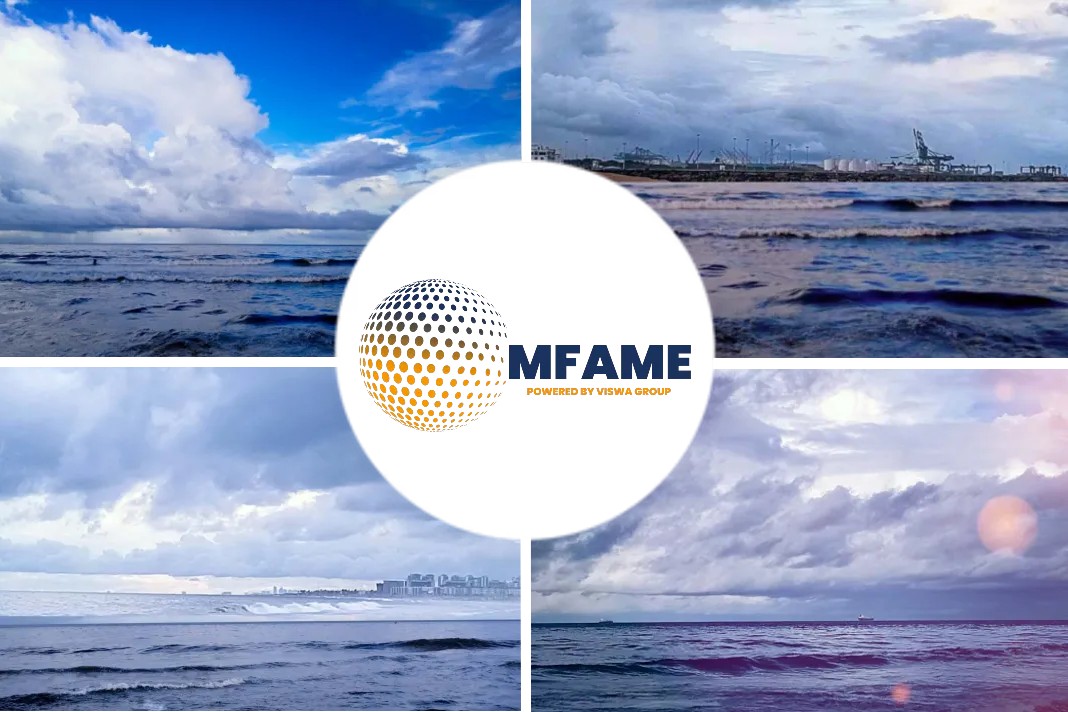According to a Platts report, Saudi Arabia has shipped its maiden blue ammonia cargo to Japan to burn possibly together with coal and natural gas for zero-carbon power generation, paving the way forward for the further use of hydrogen in the energy system.
The development came as part of a pilot study, which is being conducted by the Institute of Energy Economics, Japan and Saudi Aramco in partnership with Saudi Basic Industries Corp., the IEEJ said in a joint statement on Sept. 27.
Turning Hydrocarbons To Hydrogen
The Saudi-Japan blue ammonia supply demonstration study supported by the Ministry of Economy, Trade and Industry spans from converting hydrocarbons to hydrogen and then to ammonia, as well as the capture of associated carbon dioxide emissions, according to the joint statement.
Ammonia, a compound consisting of three parts hydrogen and one part nitrogen, can help addressing the challenge of meeting the world’s growing energy needs with reliability and sustainability.
How will this help the shipping industry?
“The use of hydrogen is expected to grow in the global energy system, and this world’s first demonstration represents an exciting opportunity for Aramco to showcase the potential of hydrocarbons as a reliable and affordable source of low-carbon hydrogen and ammonia,” Aramco’s chief technology officer Ahmad O. Al-Khowaiter said in the statement.
BLUE AMMONIA POTENTIAL
As part of the study, the first blue ammonia cargo of 40 mt has been shipped from Saudi Arabia to Japan to be used for power generation, with 30 mt of the CO2 captured during the process designated for use in methanol production at SABIC’s Ibn-Sina facility, and another 20 mt of captured CO2 in the process being used for Enhanced Oil Recovery at Aramco’s Uthmaniyah field.
Ammonia contains about 18% hydrogen by weight and is already a widely traded chemical globally, and it releases zero CO2 emissions when combusted in a thermal power plant.
“Blue ammonia is critical to Japan’s zero carbon emission ambitions to sustain the balance between the environment and the economy. About 10% of power in Japan can be generated by 30 million mt of blue ammonia,” IEEJ Chairman and CEO Masakazu Toyoda said in the joint statement.
“We can start with co-firing blue ammonia in existing power stations, eventually transitioning to single firing with 100% blue ammonia,” Toyoda added.
Did you subscribe to our daily newsletter?
It’s Free! Click here to Subscribe!
Source: Platts

















